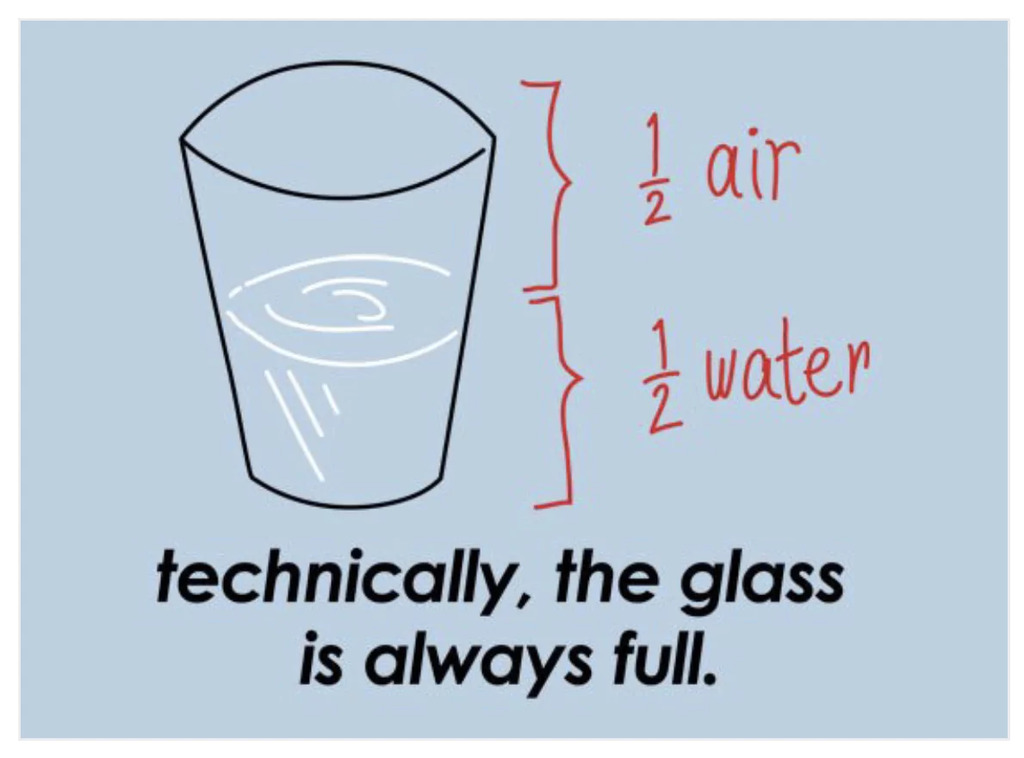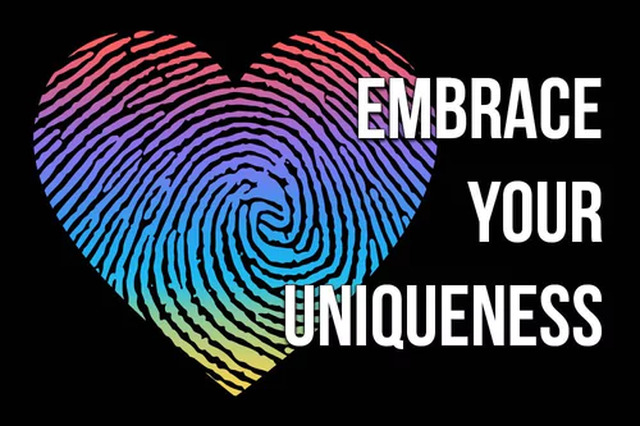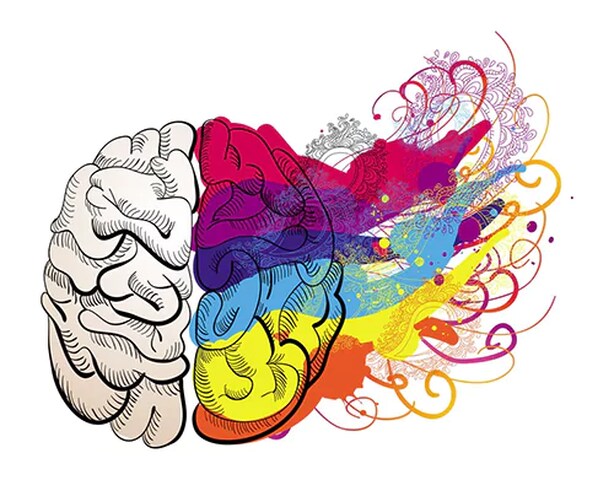By using our website, you agree to the use of cookies as described in our Cookie Policy

Hypnotherapy uses hypnosis (a state of trance in which there is no barrier between one's conscious and unconscious state and in which healing can occur) to improve treatment success for a variety of medical and mental conditions. During hypnotherapy, the patient achieves a state of heightened mental awareness and is able to change thought patterns, behaviors or feelings that he or she would not otherwise be able to control. One of the most effective varieties of hypnotherapy is Ericksonian or “conversational” hypnosis, which uses natural, positive trains of thought to help the patient willingly transform. (1)
Hypnotherapy can produce positive effects for a number of conditions, including anxiety, fears and phobias; sleep or eating disorders; stress; depression; grief; and post-trauma anxiety. A series of medical studies published in 2009 found that hypnotherapy can lessen the symptoms of a wide variety of chronic pain, including low back pain, arthritis, fibromyalgia, sickle cell anemia, temporo-mandibular jaw pain and various types of cancer. In addition, hypnotherapy can lessen addictive behaviors such as smoking, drinking and drug abuse. (3)
Hypnotherapy is a safe, natural procedure that has no harmful side- or after-effects. Most sessions last about an hour, and patients usually begin to see positive results after 4-10 visits. During a typical Ericksonian hypnosis session with a licensed, certified mental health professional, patients will experience verbal techniques designed to:
- Pace and lead.
- Distract the conscious mind.
- Speak directly to the unconscious, accessing hidden resources.
If you are experiencing mental or physical pain, hypnotherapy is a safe, effective solution. As a certified clinical hypnotherapist, Isaac Farin can help you relax, take mental control and overcome your condition. In addition to Ericksonian hypnotherapy, Isaac is a medical meditation consultant and a stress management consultation specialist with deep experience in sports, marriage and family therapy. Isaac utilizes spiritual approaches to therapy, brief, systemic therapy and solution-oriented therapy, depending on his individual client’s needs and desires.
(1) Mental Health and Hypnosis. June 2012. WebMD. July 31 2012. http://www.webmd.com/anxiety-panic/guide/mental-health-hypnotherapy
(2) Hypnotherapy. 2011. University of Maryland Medical Center. July 30 2012. http://www.umm.edu/altmed/articles/hypnotherapy-000353.htm/
(3) Hypnotherapy for the Management of Chronic Pain. Abstract. 2009. U.S. National Library of Medicine: National Institutes of Health. July 31 2012. http://www.ncbi.nlm.nih.gov/pmc/articles/PMC2752362/
(4) Ericksonian Hypnosis. 2012. Squidoo. August 15 2012. http://www.squidoo.com/ericksonian-hypnosis#module117896981
(5) The Milton Model. 2006. NLP Center. August 15 2012.
http://www.nlp-center.net/articles/the-milton-model.html
‹ Back














